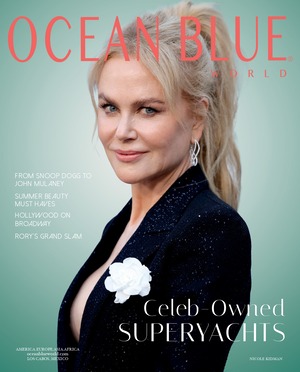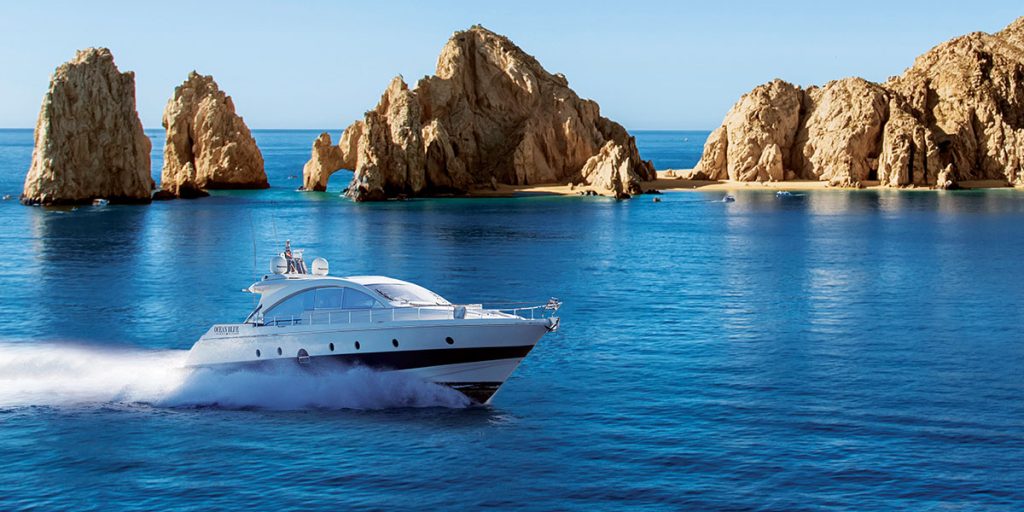Ocean Blue Magazine, the leading publication for luxury enthusiasts, has once again secured a coveted title at the Luxury Lifestyle Awards. This year marks the magazine’s THIRD CONSECUTIVE WIN in the category of Best Luxury Lifestyle Magazine in Mexico. The award, presented by a distinguished panel of industry experts, celebrates the finest in luxury goods and services across the globe. After a rigorous evaluation process, Ocean Blue Magazine’s consistent win reaffirms its position as a trailblazer in luxury media.


Vanessa Fukunaga, Owner, CEO | Publisher of Ocean Blue Magazine, says, “This recognition as the Best Luxury Lifestyle Magazine in Mexico 2024 highlights our steadfast dedication to showcasing the very best in lifestyle excellence. Once again, earning top honors with the Luxury Lifestyle Awards reaffirms our commitment to curating unparalleled content that resonates with our discerning global audience.”

With over a decade of excellence and an ever-growing portfolio of 37 unique editions, Ocean Blue Magazine stands as the cornerstone of Ocean Blue World’s exclusive luxury networking platform. Blending insights on fashion, art, entertainment, travel, dining, real estate and more, the magazine invites readers to indulge in the remarkable moments and influential people of today. Ocean Blue Magazine doesn’t just showcase luxury; it weaves captivating stories around it, drawing readers in with stunning photography. Add on real-time consumer must-haves and a broad social landscape, and notably, it’s an essential resource for connoisseurs of the finer things in life. Its print distribution reaches a global audience with a focus on niche readership.
Read their latest edition featuring the extraordinary Simone Biles #OnTheCover.

The Ocean Blue World lifestyle platform excels in creating unforgettable #OceanBlueEvents and #OceanBlueExperiences, individually curated by their expert team. They craft exclusive, one-of-a-kind events in collaboration with top-tier international brands and elite clientele. Later this month, their iconic Grand Prix Racing Night event in Mexico City promises an unforgettable night in the fast lane in anticipation of Mexico’s Formula 1. Be sure to relive the excitement through video highlights from GP Racing Night 2023. Beyond events, Ocean Blue World extends its influence across digital platforms, productions, sponsorships, and philanthropic campaigns through its #MakeItHappen initiative, solidifying its position as a leading media brand in the luxury lifestyle market.

As the Best Luxury Lifestyle Magazine in Mexico, Ocean Blue Magazine offers unparalleled access to a global audience of affluent readers. With its award-winning content and worldwide distribution, the magazine provides a premier platform for luxury brands to shine alongside the world’s most exclusive experiences.
Once again, congratulations to the team at Ocean Blue Magazine on this remarkable 3-year achievement. View their Winner Profile and Company Review on the Luxury Lifestyle Awards website.

For more information please contact:
Tania Ashby
Public Relations | Communications
@OceanBlueWorld
@OceanBlueMagazine
About Luxury Lifestyle Awards
Luxury Lifestyle Awards is a global organization that selects, recognizes, celebrates, and promotes the best luxury goods and services worldwide. With a 16-year legacy of recognizing luxury brands, its mission is to connect discerning clientele with the pinnacle of luxury experiences. LLA boasts a rigorous evaluation process, assessing over 5,000 products and services across 400 categories in 100 countries. This meticulous analysis culminates in a coveted list of winners recognizing the world’s elite. For more information, please visit:





